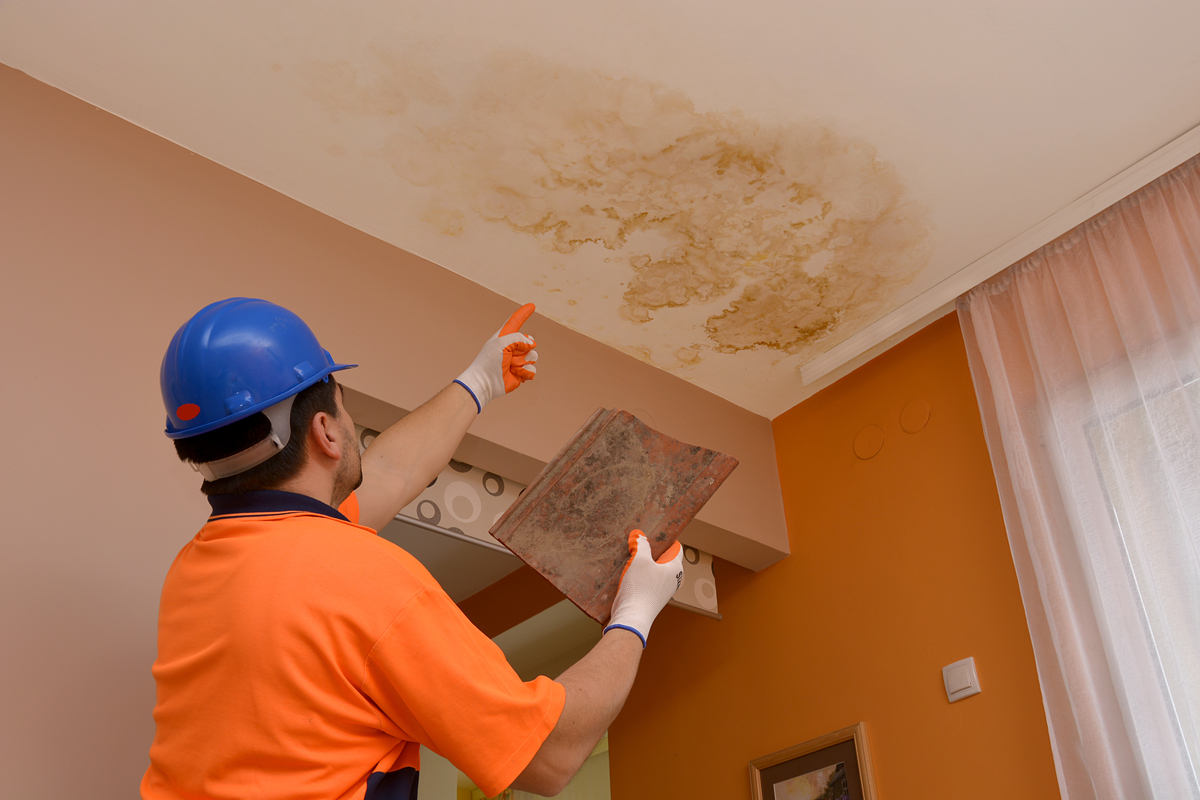Expose the Most Frequent Roots of Leakage Within Your House
Expose the Most Frequent Roots of Leakage Within Your House
Blog Article
Presented here down the page you can discover some high-quality additional info involving Common Water Leaks In House.

Leakages not just create waste of water but can likewise trigger unnecessary damage to your house as well as advertise undesirable organic growth. Water leakages could go unnoticed because many of the pipework in our house is hidden. By looking and comprehending for daily scenarios that trigger leakages, you can safeguard your residence from future leakages and unnecessary damages. Today, we will check out six leakage triggers that might be creating your pipes to trickle.
Elbowing in roots
A lot of water leakages start outside the house instead of inside it. If you see an abrupt decline in water pressure, say in your faucet, take time to head out and analyze your yard. You might notice wet patches or sinkholes in your yard, and that may suggest that tree roots are invading water lines causing water to leak out. You can have your plumber look for breach, particularly if you have trees or shrubs near your residential property.
Corroded water systems
This might be the reason of discoloration or bending on your water pipelines. If our plumbing system is old, think about changing the pipelines since they are at a higher risk of corrosion than the newer versions.
Faulty Pipe Joints
The point at which your pipelines connect is frequently the weakest link in the waterline. Pipeline joints can wear away gradually, resulting in water leakages. The bulk of pipe joints are not quickly noticeable. If you have noisy pipes that make ticking or banging sounds, especially when the warm water is turned on, your pipe joints are most likely under a great deal of pressure. It is suggested to have your plumber evaluate your system annually.
Immediate temperature level adjustments.
Extreme temperature level modifications in our pipelines can cause them to expand and contract unexpectedly. This development as well as contraction might trigger fractures in the pipes, specifically if the temperature are below freezing. If you maintained an eye on just how your plumbing works, it would certainly be best. The visibility of the formerly stated situations regularly shows a high danger.
Poor Water Connectors
At times, a leakage can be brought on by loose hose pipes as well as pipelines that supply your appliances. Usually, shifting is what causes the loose water Connections. You might find in the case of a washing maker, a tube might spring a leakage as a result of trembling throughout the spin cycle. In case of a water links leakage, you may notice water running straight from the supply line or puddles around your devices.
Clogged Drains
Obstructed drains could be aggravating as well as inconveniencing, yet they can sometimes wind up creating an overflow resulting in burst pipes. Keep removing any products that may go down your drains pipes that might obstruct them to avoid such inconveniences.
All the above are reasons for leakages however not all water leakages arise from plumbing leaks; some leaks might come from roofing system leakages. All leakages should be fixed instantly to prevent water damage.
Leakages not just cause waste of water but can also create unnecessary damages to your home and also advertise undesirable natural growth. By recognizing and looking for day-to-day circumstances that cause leaks, you can safeguard your home from future leakages as well as unnecessary damages. Today, we will certainly look at 6 leak creates that may be triggering your pipelines to drip.
At times, a leak can be created by loose tubes and also pipes that supply your devices. In instance of a water links leakage, you may see water running directly from the supply line or pools around your home appliances.
How To Check For Water Leak In Your Home
How To Check for Leaks
The average household's leaks can account for nearly 10,000 gallons of water wasted every year and ten percent of homes have leaks that waste 90 gallons or more per day. Common types of leaks found in the home are worn toilet flappers, dripping faucets, and other leaking valves. These types of leaks are often easy to fix, requiring only a few tools and hardware that can pay for themselves in water savings. Fixing easily corrected household water leaks can save homeowners about 10 percent on their water bills.
To check for leaks in your home, you first need to determine whether you're wasting water and then identify the source of the leak. Here are some tips for finding leaks:
Take a look at your water usage during a colder month, such as January or February. If a family of four exceeds 12,000 gallons per month, there are serious leaks.
Check your water meter before and after a two-hour period when no water is being used. If the meter changes at all, you probably have a leak.
Identify toilet leaks by placing a drop of food coloring in the toilet tank. If any color shows up in the bowl after 10 minutes, you have a leak. (Be sure to flush immediately after the experiment to avoid staining the tank.)
Examine faucet gaskets and pipe fittings for any water on the outside of the pipe to check for surface leaks.
Undetected water leaks can happen without the home or business owner even realizing. If you suspect a water leak, but not able to find the source. It is time to contact a professional water leak detection service, The Leak Doctor.
How To Find a Water Leak In Your Home
https://www.leakdoctor.com/blog/How-To-Check-For-Water-Leak-In-Your-Home_AE197.html

We were made aware of that article on Top Causes of Home Water Leaks through an associate on our other blog. Sharing is nice. Who knows, you might be helping someone out. Thank-you for taking the time to read it.
Overflow? Ring now! Report this page